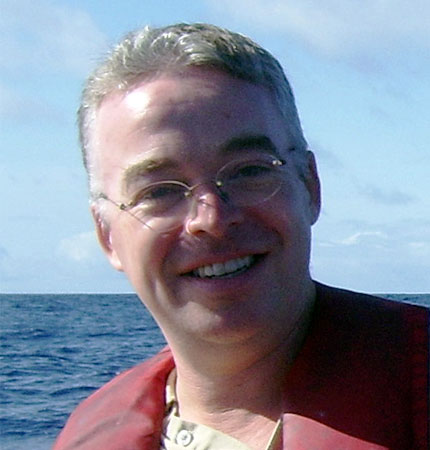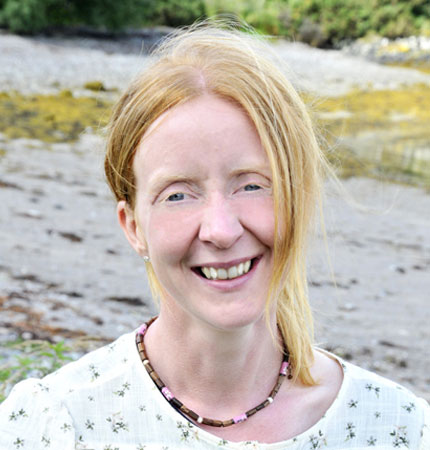Arctic Impact on Weather and Climate
Faced with a changing climate, businesses, policymakers, and local communities need to access reliable weather and climate information to safeguard human health, wellbeing, economic growth, and environmental sustainability. However, important changes in climate variability and extreme weather events are difficult to pinpoint and account for in existing modelling and forecasting tools. Moreover, many changes in the global climate are linked to the Arctic, where climate change is occurring rapidly, making weather and climate prediction a considerable challenge.
Blue-Action will evaluate the impact of Arctic warming on the northern hemisphere and develop new techniques to improve forecast accuracy at sub-seasonal to decadal scales.
Blue-Action will specifically work to understand and simulate the linkages between the Arctic and the global climate system, and the Arctic’s role in generating weather patterns associated with hazardous conditions and climatic extremes.
In doing so, Blue-Action aims to improve the safety and wellbeing of people in Arctic and across the Northern Hemisphere, to reduce the risks associated with Arctic operations and resource exploitation, and to support evidence- based decision-making by policymakers worldwide.
SAMS role in Blue-Action
Dr Hannah Grist - supported by the SRSL and SAMS communication teams - is the work package leader for WP8 'Communication, Dissemination, Engagement and Exploitation'.
SAMS is also involved in Blue-Action Work package 2: Lower latitude drivers of Arctic changes. Warming in the Arctic is affected by warm ocean waters travelling from lower latitudes, but the mechanisms are not well understood. This work package uses data from international ocean observing systems, from underwater gliders to Argo profiling floats, that measure the salinity and flow of the water. These data are used to improve simulations of how heat and freshwater transfer occurs from subpolar gyres to the Arctic regions.
In particular, SAMS physical oceanographers are partners in Blue-Action work investigating the propagation of warm ocean waters from the subpolar gyre over the Greenland Scotland Ridge and towards the Arctic. The subpolar gyre circulation will be assessed in order to quantify the atmospheric and oceanic mechanisms that influence its seasonal to decadal-scale variability. The link between the warm and saline eastern waters and colder and less saline western waters as well as the mechanisms controlling the heat and freshwater transfer from the eastern subpolar gyre to the Greenland Scotland Ridge will be established through an integrated model-observation analysis, relying on the OSNAP array, the EEL, the OVIDE line and other data sets.





